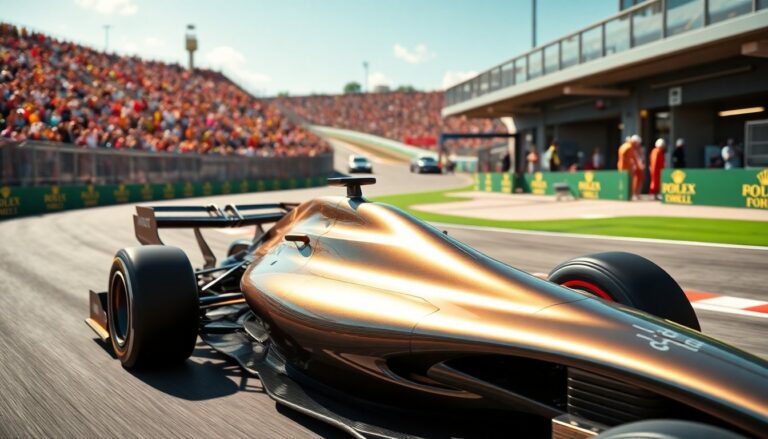Argomenti trattati
As the Formula 1 season unfolds, fans are immersed in a captivating blend of speed, strategy, and technology. New regulations are reshaping team dynamics and performance, promising unprecedented excitement on the racetrack. The competitive landscape is continuously evolving, influenced by both veteran drivers and emerging talents. This article explores the key trends defining the current season, the implications of recent rule changes, and the star drivers captivating audiences worldwide.
New regulations and their impact
The Formula 1 season has introduced several significant changes aimed at enhancing competition and safety. A notable adjustment is the stricter implementation of the cost cap, designed to level the playing field among teams. By limiting each team’s budget, smaller teams have improved opportunities to compete with established giants like Ferrari and Mercedes. This shift has created an exciting mix of performance levels across the grid.
Safety improvements
In addition to financial regulations, safety remains a focal point for the FIA. Enhanced technical regulations have been introduced to improve car safety during crashes. The Aeroscreen technology, further refined for this season, offers better protection for drivers, showcasing the sport’s commitment to prioritizing safety while maintaining the excitement of racing.
The rise of new talent
This season has witnessed a surge of new talent making their mark on the circuit. Young drivers are testing their mettle against seasoned veterans, creating a dynamic and competitive environment. Notable among them is Lando Norris of McLaren, who impresses with his driving skills and strategic acumen. His ability to perform under pressure and consistently challenge front-runners has garnered a dedicated fan base.
Emerging stars
Another driver capturing attention is George Russell, who has shown remarkable potential as a future champion through impressive performances for Mercedes. His partnership with the experienced Lewis Hamilton creates a compelling narrative, as they push each other to achieve greater heights. The rivalry between established stars and young talents adds an extra layer of intrigue to the races.
Technology and innovation on the track
The role of technology in Formula 1 is critical. Teams utilize advanced data analytics and simulation tools to refine their strategies and enhance performance. The integration of machine learning and artificial intelligence allows teams to analyze vast amounts of data, providing them with a competitive edge. For example, tire strategy has evolved, with teams employing predictive models to determine the optimal timing for pit stops.
Fan engagement through technology
Moreover, technology has transformed fan engagement, with apps and platforms offering real-time updates, interactive features, and behind-the-scenes content. This evolution enriches the viewing experience and fosters a deeper connection between fans and the sport. The use of virtual reality in showcasing race experiences provides fans with an immersive way to engage with their favorite teams and drivers.
As the season progresses, the excitement of Formula 1 continues to build. With fierce competition, innovative technologies, and fresh talent, this year promises to be one of the most thrilling in recent memory. The combination of new regulations and the emergence of young drivers revitalizes the sport, ensuring it remains at the forefront of motorsport entertainment. Fans worldwide eagerly anticipate each race, ready to witness history in the making.

